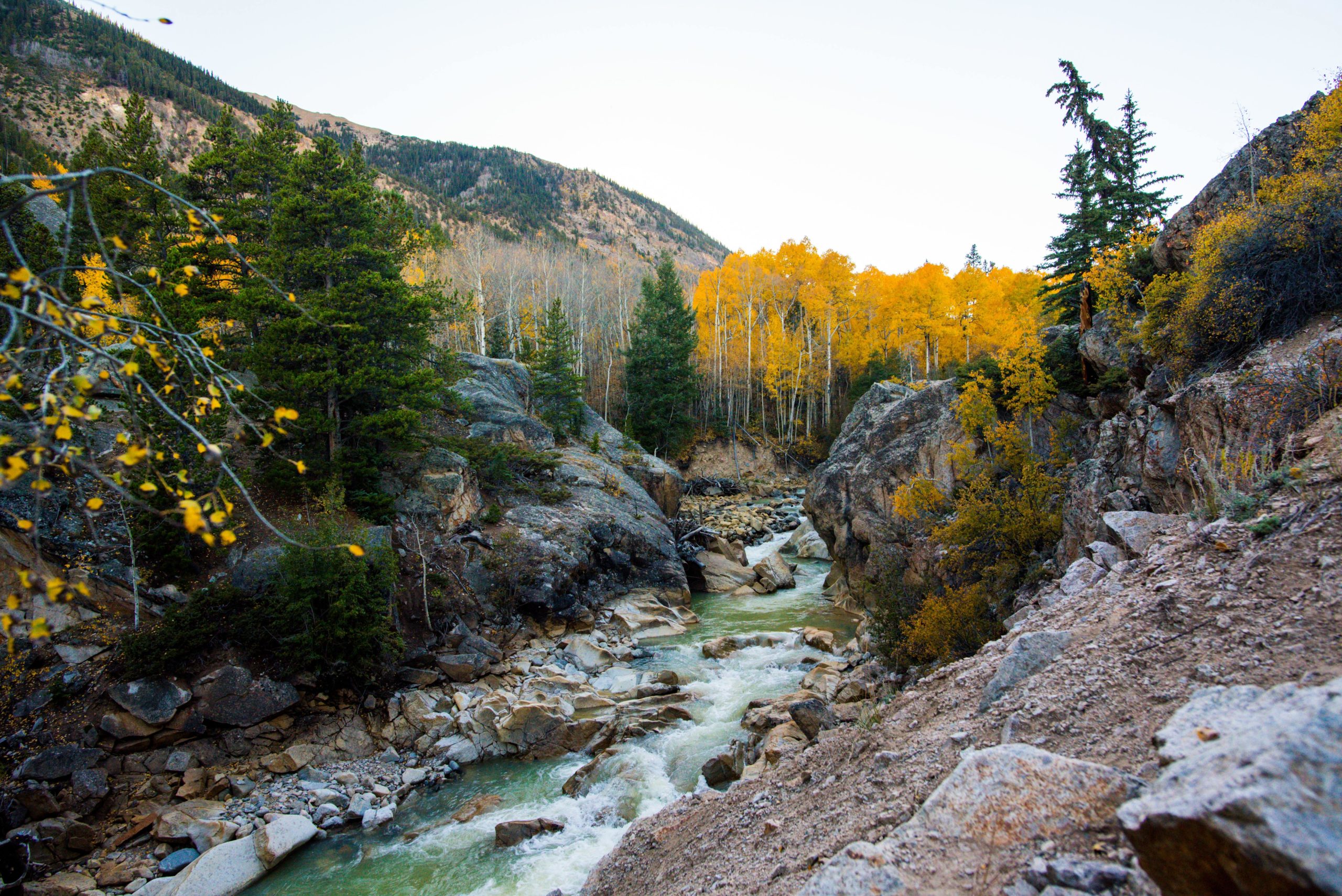When it comes to dealing with stress, the East and West take vastly different approaches. In the 1980s, the antidepressant Prozac was released in the West, while Japan made Shinrin-Yoku — meaning “forest bathing,” or “to take in the forest atmosphere will all senses” — a part of the national health program in 1982.
Forest Bathing 101
Unlike a traditional hike, though, forest bathing is not about how many miles you cover, reaching a destination or how quickly you get there. It’s more about slowing down.
“Feeling is a big part of the therapy,” says Ben Page, a certified forest therapy guide based in Los Angeles. He says it’s about using all of the senses. “What does it feel like to hear a bird sing or to have sunlight touch your face?”
The Science Behind Forest Bathing
But it’s not just tree-hugger nonsense. A 2010 study published in Environmental Health and Preventive Medicine showed that people who participated in forest bathing had lower cortisol levels, pulse and blood pressure, meaning they felt less stressed.
Trees emit phytoncides to protect themselves from fungus and insects. Those phytoncides provide natural aromatherapy and come with health benefits. “When you inhale the phytoncides, it triggers NK cells, specialized white blood cells that improve immune function,” says Page.
Another 2010 study published in Environmental Health and Preventive Medicine found that subjects who spent three days and two nights in a forest setting had significantly higher NK activity on forest bathing days compared to control days.
“The increased NK activity lasted for more than 30 days after the trip, suggesting that a forest bathing trip once a month enables individuals to maintain a higher level of NK activity,” writes study author Qing Li.
Where East Meets West
In recent years, the West has started catching on to this mindfulness technique, as forest therapy groups are popping up around the U.S. Part of this is a response to technology overload. “As we (as a culture) embrace productivity and digitalism, we lose the ability to exist in a way that is not stressed out. There is no time to just chill out,” says Page.
For Suzanne Bartlett Hackenmiller, M.D., mother of two and an OB-GYN, time to chill out in nature was the medicine she needed to restore health and happiness to her life after burnout.
After losing her husband to lung cancer, Dr. Hackenmiller quit her job and went on a journey to learn more about holistic healing and alternative medicine and to spend more time in nature.
Now she incorporates these ideas into her practice in Iowa, combining conventional and integrative medicine and offering patients alternative therapy techniques, including forest bathing. “I rarely guide a group where someone doesn’t have a profound breakthrough,” she says. But she’s quick to add, “We’re not the therapists, the forest is the therapist.”
Ready to Give It a Try?
“Many people say, ‘Wow! I can do this by myself.'” Page says, but he recommends starting with a forest therapy guide certified by the Association of Nature & Forest Therapy first. “It’s like going to a yoga class versus doing it on your own. You have someone to guide you so you don’t have to think.”
A walk may begin with an invitation to wake up the senses to experience the “pleasures of presence” as Page says. Then you slow down the body to slow the mind. Letting go of the incessant thoughts and slowing down is where the healing can occur.
Reciprocity, building a relationship between the environment and yourself, is another key to the practice. You may sit in a tree, play in a stream or observe an animal.
After 40 minutes to a few hours, you may wrap up the session with a tea ceremony, discussion and time to meditate and reflect on the lessons you learned and how those lessons can be integrated into your day-to-day life.
If getting to a forest frequently isn’t feasible for you, you can obtain the healing effects of nature in other settings. Alternatives may be to grow a garden, fill your city apartment with plants or take a walk in your local park.
There’s no doubt about it, nature is a great healer and teacher. Sometimes it’s not about adding more to your to-do list or prescriptions to your medicine cabinet. It’s about getting back to your roots and remembering that your happiness is up to you.

- Hide Comments
add a comment